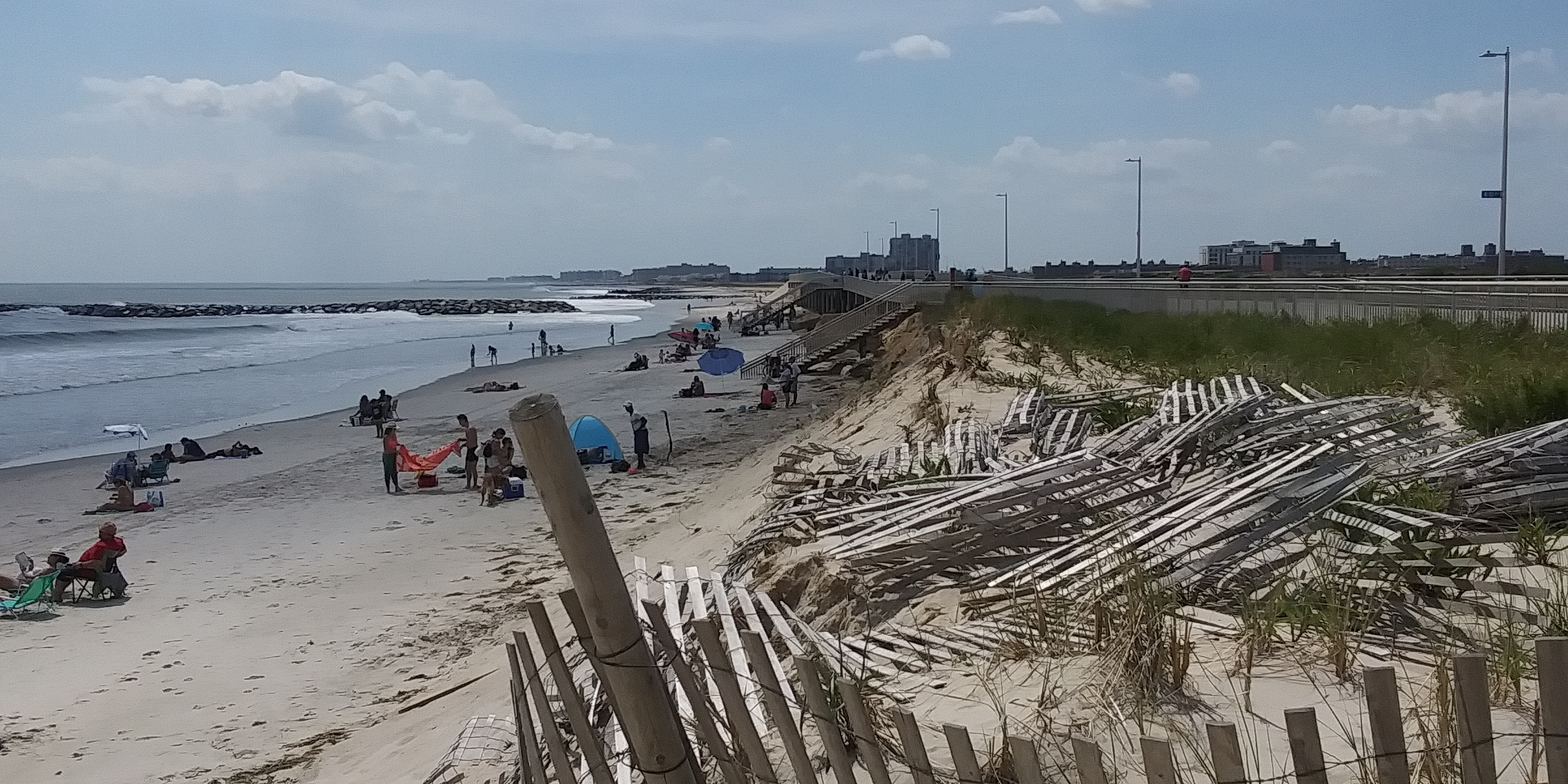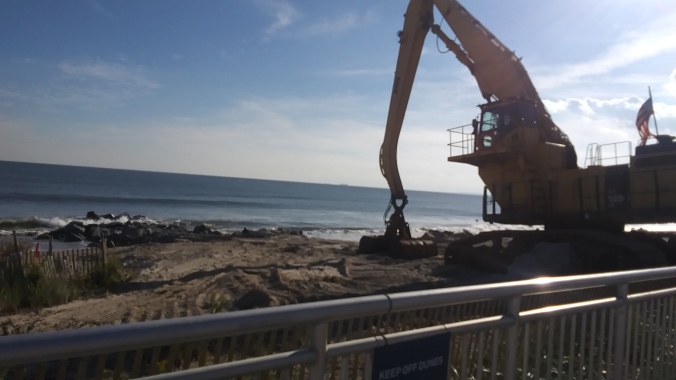
Climate change was somewhat kind to New York City this year compared to the devastation that continues to happen in other states and nations with tropical storms, hurricanes and tornadoes and the apocalyptic hell fires that are happening frequently in California; although with the exception of the remnants of Hurricanes Henri and Ida causing record amounts of water vomiting from the sky which led to destruction and sad deaths of the city’s lower income citizens here. Mostly because of the record heat NYC has received this year, with the hottest July on record, this mild weather has also led to what will sure to be the warmest October in this city in 2021, which comes to mind the last time summer stuck around for another month in 2012 when the pleasant weather gave way to the kraken that was Hurricane Sandy a few days before Halloween.
Sandy laid destruction and death of her own in a 24 hours across the coastal towns and areas and updated flood zones of the five boroughs, notably in Rockaway Beach where she destroyed the entire boardwalk 9 years ago. But with funding from FEMA, it took a few years to build another boardwalk, this time with rebar and concrete to replace all the wood that was reduced to kindle and also billions of pounds of sand for dunes. This led to longer treks to find some real estate to lay your towels and coolers down on the beach, but at least it provided protection from the hostile waters of the Atlantic that has been rising and eroding the shores of the peninsula for years before that bitch Sandy arrived.
And nigh a decade later, Rockaway Beach’s shore is in dire straits again. Most evident on the most conveniently accessed and popular beach area at Beach 98 st., the boardwalk entrance ramp to the sand is more fit for kayaking than a path for sunbathing.
There's a #ClimateCrisis issue going on at Rockaway Beach, where a boardwalk entrance to the sands is daily submerged by the ocean
— This is JQ LLC (@ImpunityCity) July 26, 2021
And the dunes protecting the boardwalk and the streets have been totally destroyed
This isn't a beach, this is a pier pic.twitter.com/AioJqwuaxZ






















